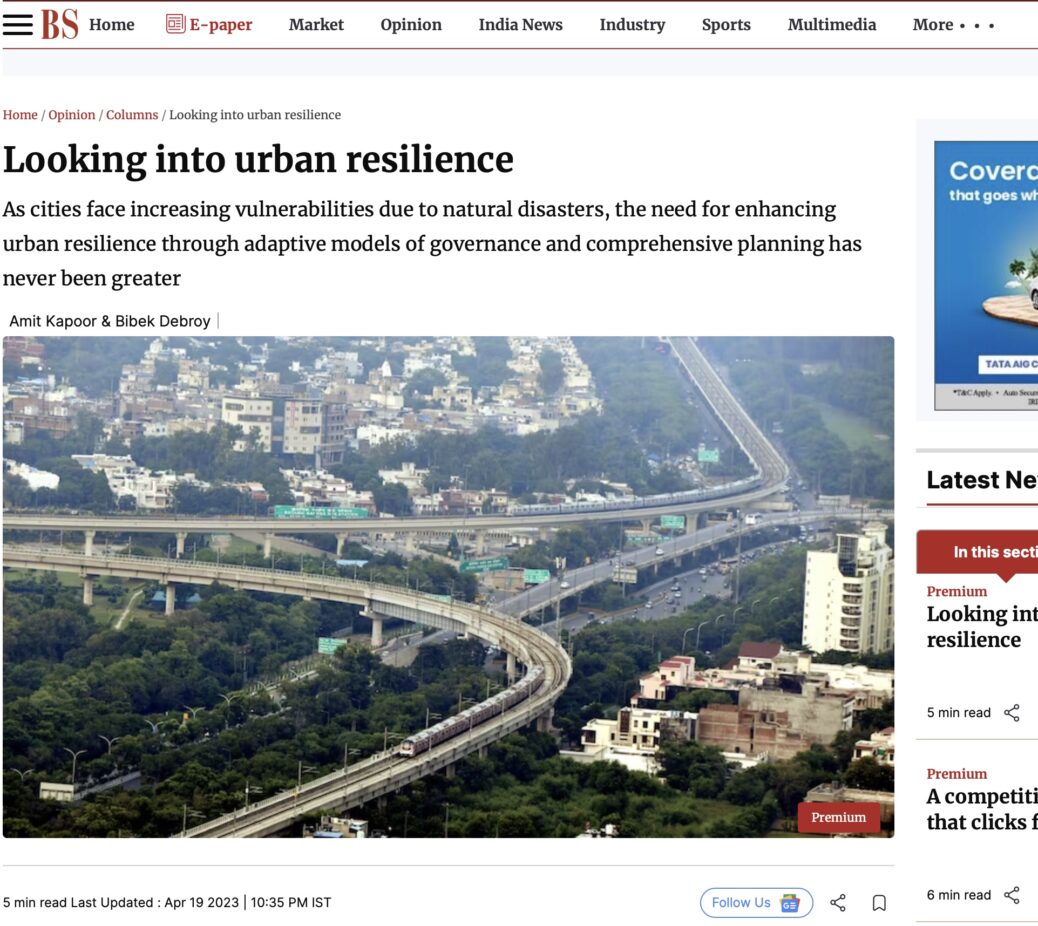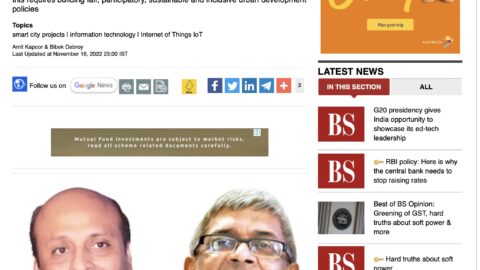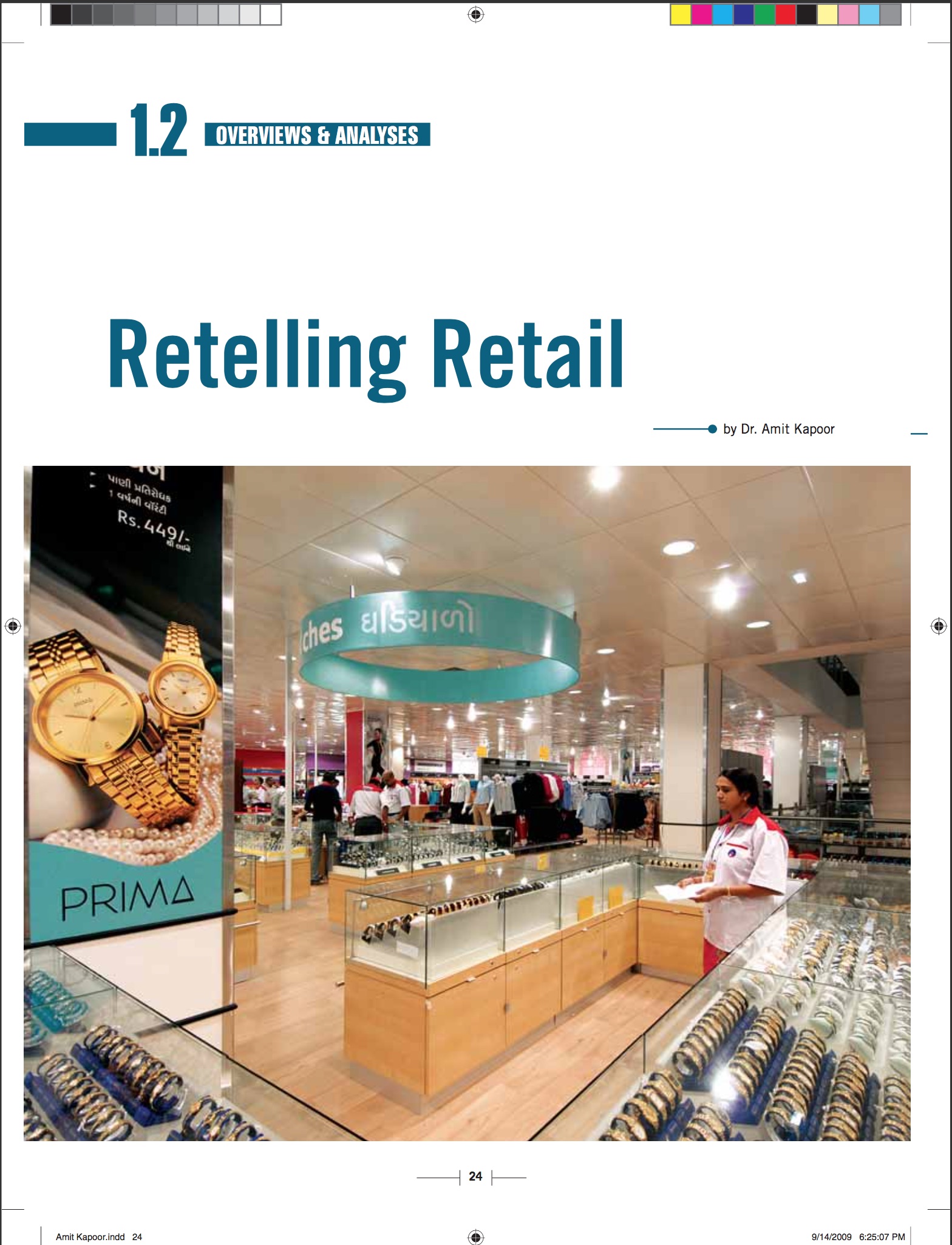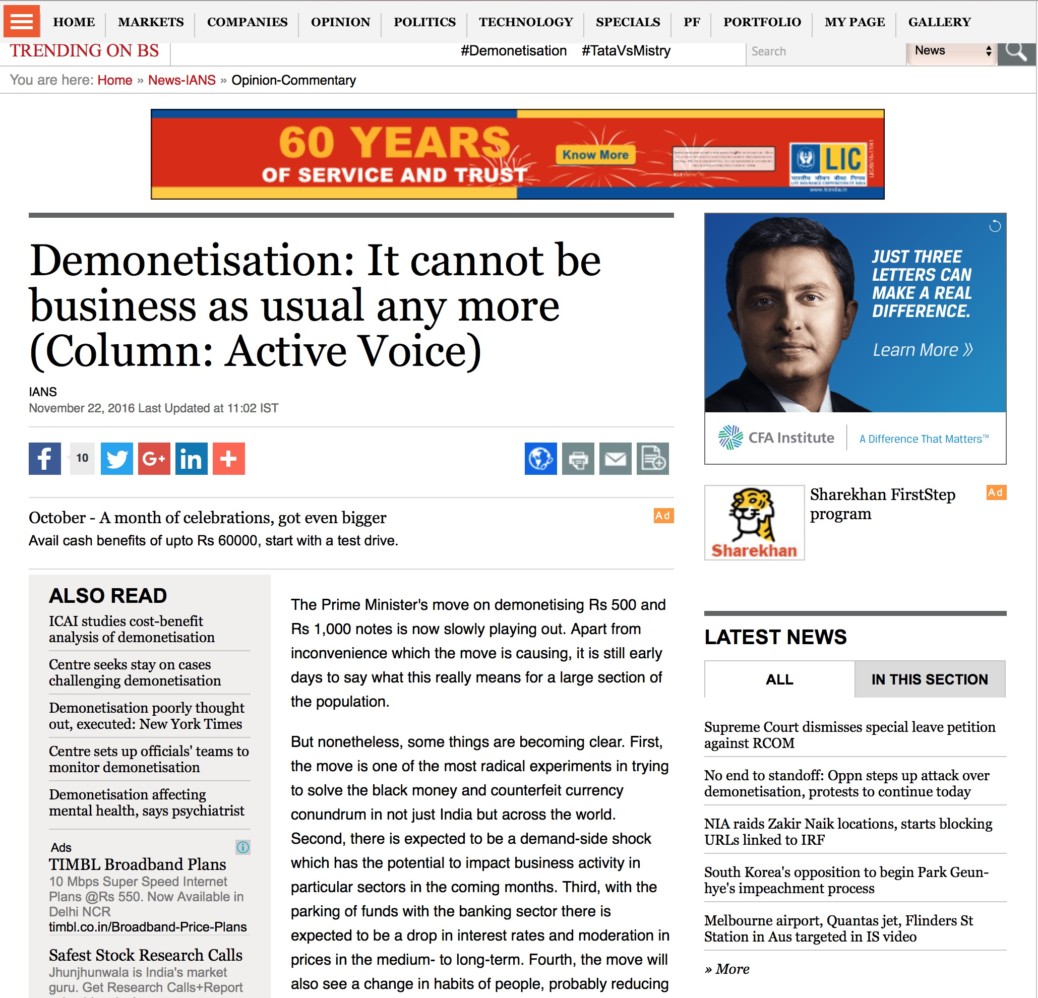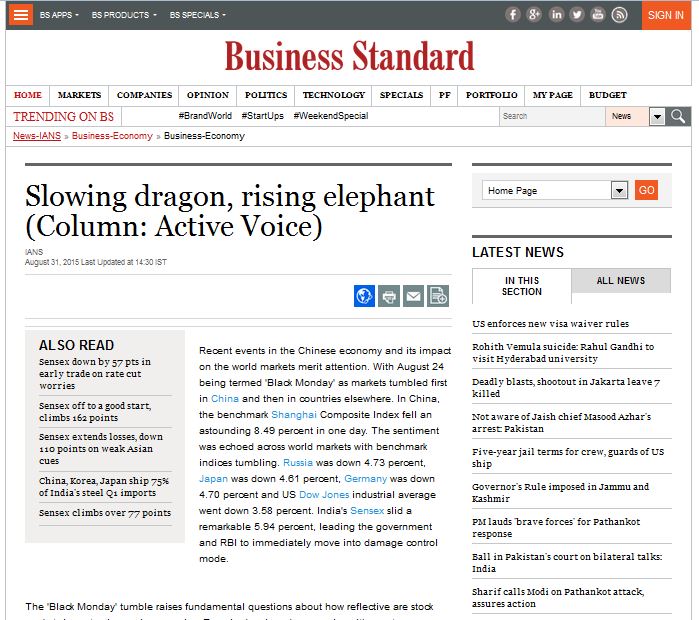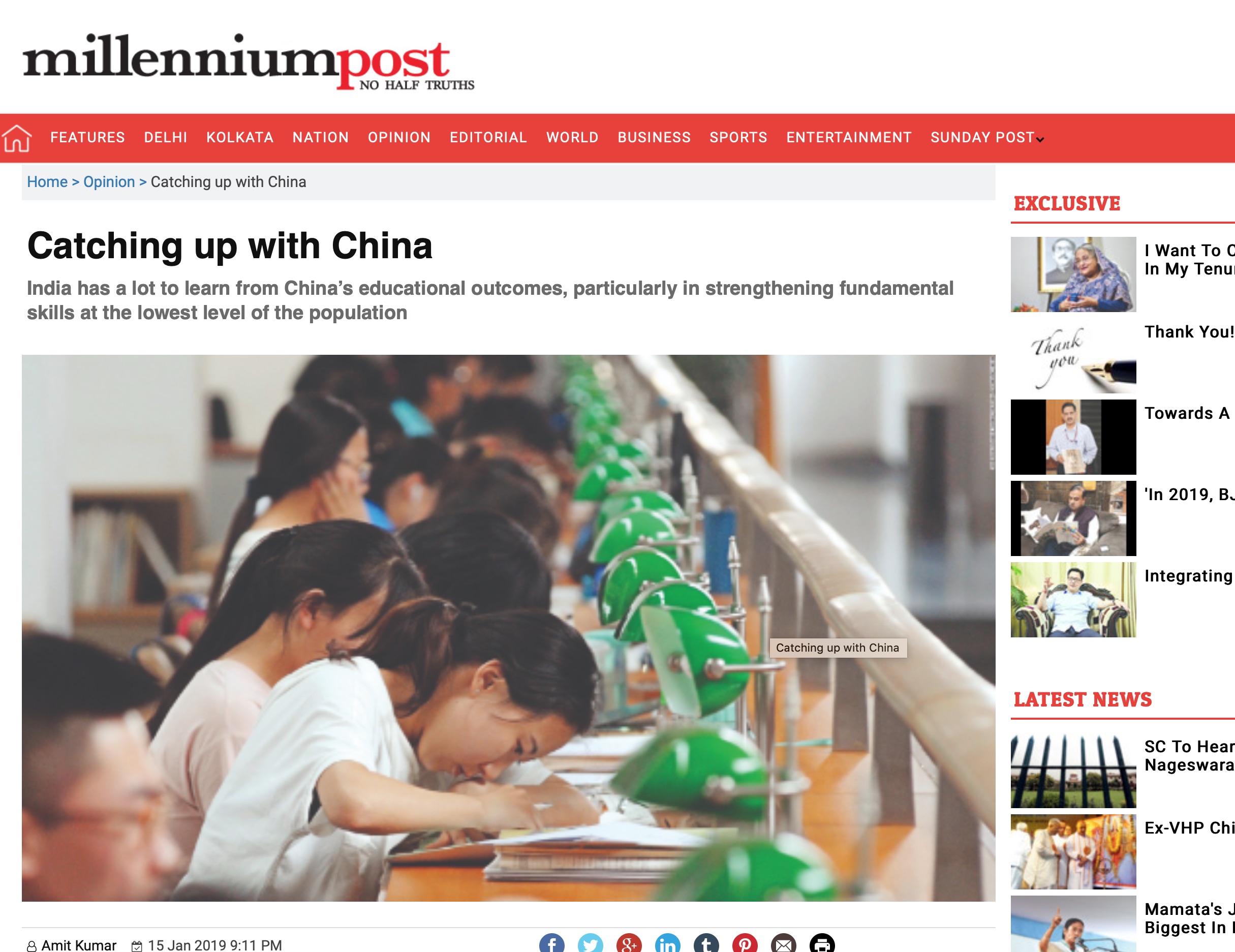Cities around the world are more linked and densely populated than ever. While there are growing social and economic benefits, there are also increasing vulnerabilities. Multiple and multidimensional issues face a city—these range from natural disasters to sudden and severe events that threaten the population. In addition, factors like excessive unemployment, a lack of social safety nets, and unequal public transit systems compound the effects of poverty and erode a community’s social cohesion over time, making abrupt shocks more damaging. The new normal of today calls for governance models that reduce risk and address changing issues. In this context, the need is to create more adaptive models of governance that enhance the ease of living and doing business, further strengthening the resilience of urban systems. The UN-Habitat understands urban resilience as “the measurable ability of any urban system, with its inhabitants, to maintain continuity through all shocks and stresses while positively adapting and transforming toward sustainability”. In other words, urban resilience is the ability of a city’s systems, businesses, organisations, communities, and people to endure, adapt to, and prosper despite the acute shocks and persistent stressors they encounter. A city can improve its general trajectory and the well-being of its residents by bolstering its fundamental structures and developing a deeper awareness of the issues that threaten its stability to ensure that a city thrives in spite of escalating difficulties. It also becomes a paradigm to address converging global trends like urbanisation, climate change and globalisation.
Urban resilience necessitates that cities examine their capacity and dangers comprehensively, especially by actively including their most vulnerable citizens. Urban governance is frequently compartmentalised, with various teams developing plans for disaster recovery, looking into sustainability issues, concentrating on livelihoods and well-being, and analysing infrastructure and land-use planning in silos. Planning embedded in isolation and silos cannot define the trajectory of urbanisation in an interconnected world. People and places make up cities, which frequently go through fast change. It’s important to approach problems and develop solutions in a place-based, integrated, inclusive, risk-aware, and forward-looking way if you want to plan for a resilient urban future. Cities that keep resilience at the core of planning and development will be able to reap the benefits of resilience dividends, which include the ability to prevent and lessen the effects of shocks and pressures on the population, infrastructure, economy, and environment of the city.
Furthermore, urban challenges like the growing percentage of urban population (UN World Urbanisation Prospects project that 68% of the world’s population will be living in cities) have increased the pressure and urgency for increasing investments in urban infrastructure. According to the UCCRN, nearly all cities are at risk, and 70% are already experiencing the effects of climate change. For instance, because coastal areas comprise more than 90% of all urban areas, most cities worldwide are at risk of flooding due to rising sea levels and severe storms. In fact, over 84 per cent of the cities with the highest population growth, the vast majority of which are in Asia and Africa, face extreme climate and catastrophe risks, according to UNDRR. The fact that many high-risk cities are located in challenging development contexts like least developed countries (LDCs), low-income countries (LICs), and small island developing states (SIDs), coupled with significant governance deficits and resource constraints, only serves to exacerbate this unsettling situation. In this context, the World Bank has estimated that urban infrastructure investments are needed annually in excess of $4.5 trillion globally. A 9%–27% premium is required in order to make the infrastructure climate-resilient. These factors necessitate the need to look at urban resilience with greater emphasis.
Over the past ten years, urban resilience has been more prominent in discussions of international development. It has established itself as one of the fundamental tenets of sustainable urban development in frameworks and goals for international development, such as the Paris Agreement. The fundamentals of urban resilience can be categorised into economic, social and climate resilience. Economic resilience is based on coming up with new fiscal frameworks for sustainability. Social resilience revolves around strengthening social protection or social safety nets, and climate resilience rest on enhancing environmentally friendly investments and improved multilevel cooperation to handle upcoming crises.
The best way to build resilience to these risks is through improved urban planning and management; taking into account and addressing these risks is a crucial component of proactive urban management strategies and infrastructure development plans. In this context, possible approaches could include providing essential urban services to all urban residents with a focus on households who are least able to handle natural hazard risks (such as households living in informal settlements), conducting risk-resilient spatial planning to guide new development, and collecting data on natural hazards and climate change as well as geospatial data on urban assets and population. This, however, equally depends on factors like participatory bottom-up urban development approaches, a “systems” approach to urban planning and administration, enhanced institutional coordination across municipal institutions, and a strengthening of human and financial resources are all examples of such initiatives.
The article was published with Business Standard on April 19, 2023.

